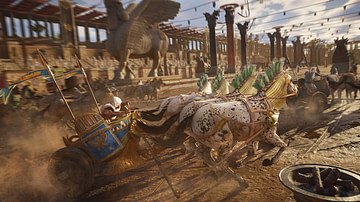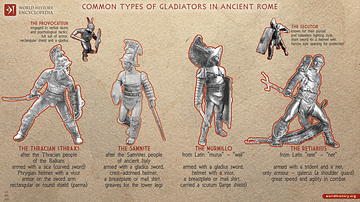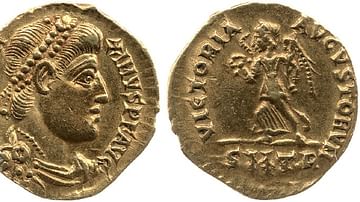Video
About the Author
Cite This Work
APA Style
Macquire, K. (2022, June 07). Ancient Roman Games, Sports and Spectacles. World History Encyclopedia. Retrieved from https://www.worldhistory.org/video/2782/ancient-roman-games-sports-and-spectacles/
Chicago Style
Macquire, Kelly. "Ancient Roman Games, Sports and Spectacles." World History Encyclopedia. Last modified June 07, 2022. https://www.worldhistory.org/video/2782/ancient-roman-games-sports-and-spectacles/.
MLA Style
Macquire, Kelly. "Ancient Roman Games, Sports and Spectacles." World History Encyclopedia. World History Encyclopedia, 07 Jun 2022, https://www.worldhistory.org/video/2782/ancient-roman-games-sports-and-spectacles/. Web. 25 Apr 2025.







